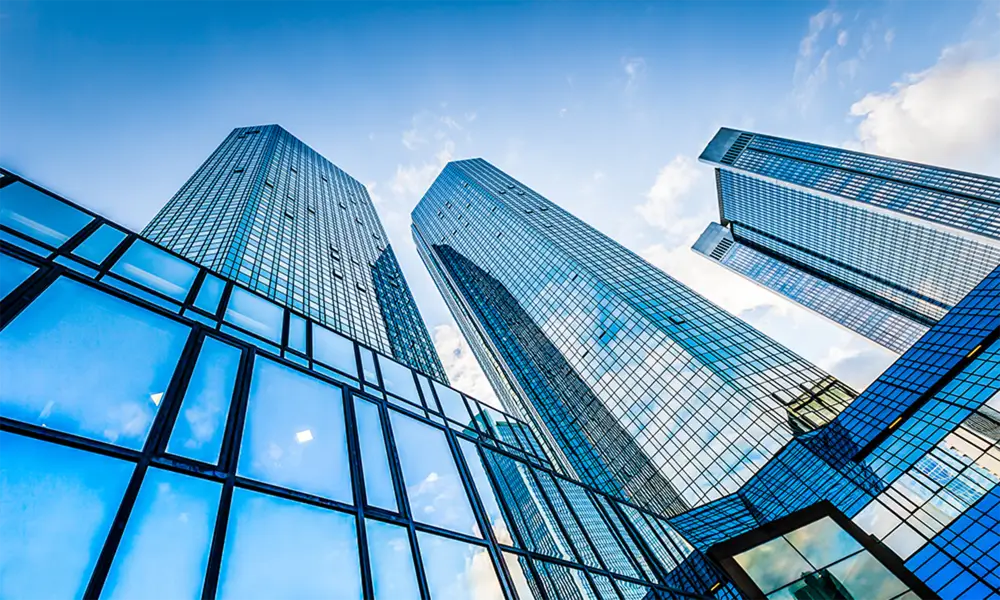

Understanding Low E 240 Glass Benefits and Applications
Low Emissivity (Low E) glass has become an essential component in modern building design and construction. With growing concerns about energy efficiency and environmental sustainability, this innovative glazing solution has caught the attention of architects, builders, and homeowners alike. Among the varieties of Low E glass, Low E 240 glass stands out as a particularly effective option for enhancing energy performance in residential and commercial buildings.
What is Low E Glass?
Low E glass is a type of glass that is coated with a microscopically thin layer of metallic oxide. This coating reflects heat while allowing visible light to pass through. The primary purpose of Low E glass is to reduce the amount of UV and infrared light that can enter a building, thereby minimizing heat gain in warmer months and heat loss during colder seasons. The Low E designation refers to the low emissivity of the glass, meaning it has a reduced ability to emit thermal radiation.
The Specifics of Low E 240 Glass
Low E 240 glass specifically refers to a glazing product with a performance rating optimized for solar heat gain control. The 240 typically indicates its ability to reflect a significant portion of solar radiation, which is particularly beneficial in regions with high sun exposure. This type of glass offers a balance between light transmittance and thermal performance, making it an ideal choice for a wide range of applications.
Benefits of Low E 240 Glass
1. Energy Efficiency One of the most significant advantages of Low E 240 glass is its energy efficiency. By reflecting solar heat while allowing visible light to enter, it helps maintain comfortable indoor temperatures throughout the year. This can lead to reduced reliance on heating and cooling systems, consequently lowering energy bills and carbon footprints.
2. UV Protection In addition to controlling heat, Low E 240 glass effectively blocks harmful ultraviolet (UV) rays. This quality safeguards furnishings, artwork, and flooring from fading and degradation, prolonging their lifespan and maintaining the aesthetic appeal of indoor spaces.

3. Comfort and Aesthetics Low E 240 glass enhances indoor comfort by minimizing temperature fluctuations and reducing glare. Its neutral appearance complements various architectural styles, allowing for more design flexibility while contributing to the overall energy efficiency of the building.
4. Condensation Control Another benefit of Low E 240 glass is its ability to reduce condensation. By keeping interior surfaces warmer during colder months, the glass minimizes the likelihood of condensation buildup, which can lead to mold growth and other moisture-related problems.
5. Sustainability As environmental concerns increase, using Low E 240 glass aligns with sustainable building practices. Its energy-saving properties contribute to LEED (Leadership in Energy and Environmental Design) certification for green building projects, making it a sought-after material for eco-conscious architects and builders.
Applications of Low E 240 Glass
Low E 240 glass is versatile and can be used in various applications, including
- Residential Windows Homeowners looking to improve energy efficiency and comfort in their living spaces can benefit from Low E 240 glass windows. - Commercial Buildings In office buildings, retail spaces, and schools, Low E 240 glass can enhance daylighting while reducing energy costs associated with heating and cooling. - Skylights and Glass Doors The glass is also suitable for skylights and glass doors, providing both aesthetic appeal and functional benefits.
Conclusion
In summary, Low E 240 glass is an excellent choice for anyone looking to improve energy efficiency while maintaining a pleasant indoor environment. Its ability to reflect solar heat, block UV rays, and reduce condensation makes it a valuable addition to modern construction. As our society continues to prioritize sustainability and energy efficiency, using advanced materials like Low E 240 glass will play an important role in creating comfortable and resilient buildings for the future. Whether for new construction or renovation projects, Low E 240 glass stands out as a smart investment in both cost savings and environmental responsibility.